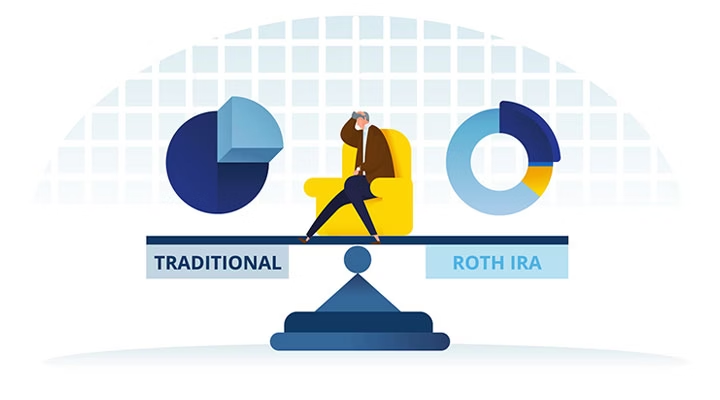Understanding Investment Accounts for a Stronger Financial Future
When it comes to financial planning, one of the most important decisions you’ll make is choosing the right type of investment account. Each account type has unique tax implications, benefits, and potential drawbacks that can greatly influence your financial future. In this article, we’ll break down the three main types of investment accounts: qualified, non-qualified, and Roth.
Watch The Full Video Below:
Qualified Investment Accounts
What They Are:
Qualified accounts include employer-sponsored retirement plans such as 401(k)s, traditional IRAs, pensions, and SEP or SIMPLE IRAs for self-employed individuals.
Key Features:
Contributions are tax-deductible today, lowering your taxable income.
Withdrawals in retirement are fully taxable at your income rate.
Early withdrawals before age 59.5 often include a 10% penalty.
Subject to Required Minimum Distributions (RMDs) beginning at age 73.
Example:
Imagine you earn $100,000 annually and contribute $10,000 into your 401(k). You’ll only pay tax on $90,000 that year. However, every withdrawal in retirement is taxable income.
Estate Planning Note:
When passed to beneficiaries, qualified accounts fall under the 10-year rule, requiring heirs to withdraw all funds within ten years, paying taxes along the way.

Non-Qualified Investment Accounts
What They Are:
Non-qualified accounts include brokerage accounts, high-yield savings, stock plans, and trust accounts. These accounts offer flexibility but have different tax considerations.
Key Features:
Funded with after-tax dollars (no deduction upfront).
No withdrawal penalties—money is accessible anytime.
Taxes apply when interest, dividends, or gains occur, regardless of whether you withdraw the funds.
Subject to capital gains tax: short-term gains at ordinary income rates, long-term gains at 15–20%.
Estate Planning Advantage:
Non-qualified accounts benefit from a step-up in basis at death. If you leave behind investments with gains, heirs inherit them at the current market value, potentially avoiding significant tax bills.
Best Use:
These accounts are ideal for medium-term goals like saving for a new home, a car, or simply having flexible investment access.

Roth Investment Accounts
What They Are:
Roth IRAs and Roth employer plans allow after-tax contributions, but all growth and qualified withdrawals are completely tax-free.
Key Features:
Pay tax today to escape taxes tomorrow.
All growth inside the account is tax-free.
Principal contributions can be withdrawn anytime without tax or penalty.
No required minimum distributions for the original owner.
Contributions are limited ($7,000 per year, or $8,000 if age 50+).
Example:
If you invest $10,000 into a Roth and it grows to $20,000, you’ll never owe additional tax on that $10,000 of growth.
Special Rule:
Roth IRAs follow the five-year rule, meaning gains should only be withdrawn after the account has been open for at least five years and you’re over age 59.5.

Building Flexibility with All Three
Each account type has advantages. The real power lies in combining them to create a flexible strategy:
Qualified: Reduce taxable income today.
Non-Qualified: Provide liquidity and step-up benefits.
Roth: Secure long-term, tax-free growth.
Diversifying across account types provides flexibility in retirement planning, estate planning, and adapting to changes in future tax rates.
Creating a Custom Financial Plan
A successful plan includes:
Cash reserves for emergencies.
Qualified accounts to maximize employer match.
Non-qualified accounts for accessibility.
Roth accounts for long-term tax-free growth.
Remember: A good plan today is better than a perfect plan tomorrow.
Conclusion
Investment accounts are like vehicles—you’ll get to your destination, but the tax treatment along the way determines how much “fuel” you have left at the end. By balancing qualified, non-qualified, and Roth accounts, you create a financial strategy that is both resilient and tax-efficient.
If you’re ready to explore your personalized strategy, visit our website and request a Financial Wellness Profile.
